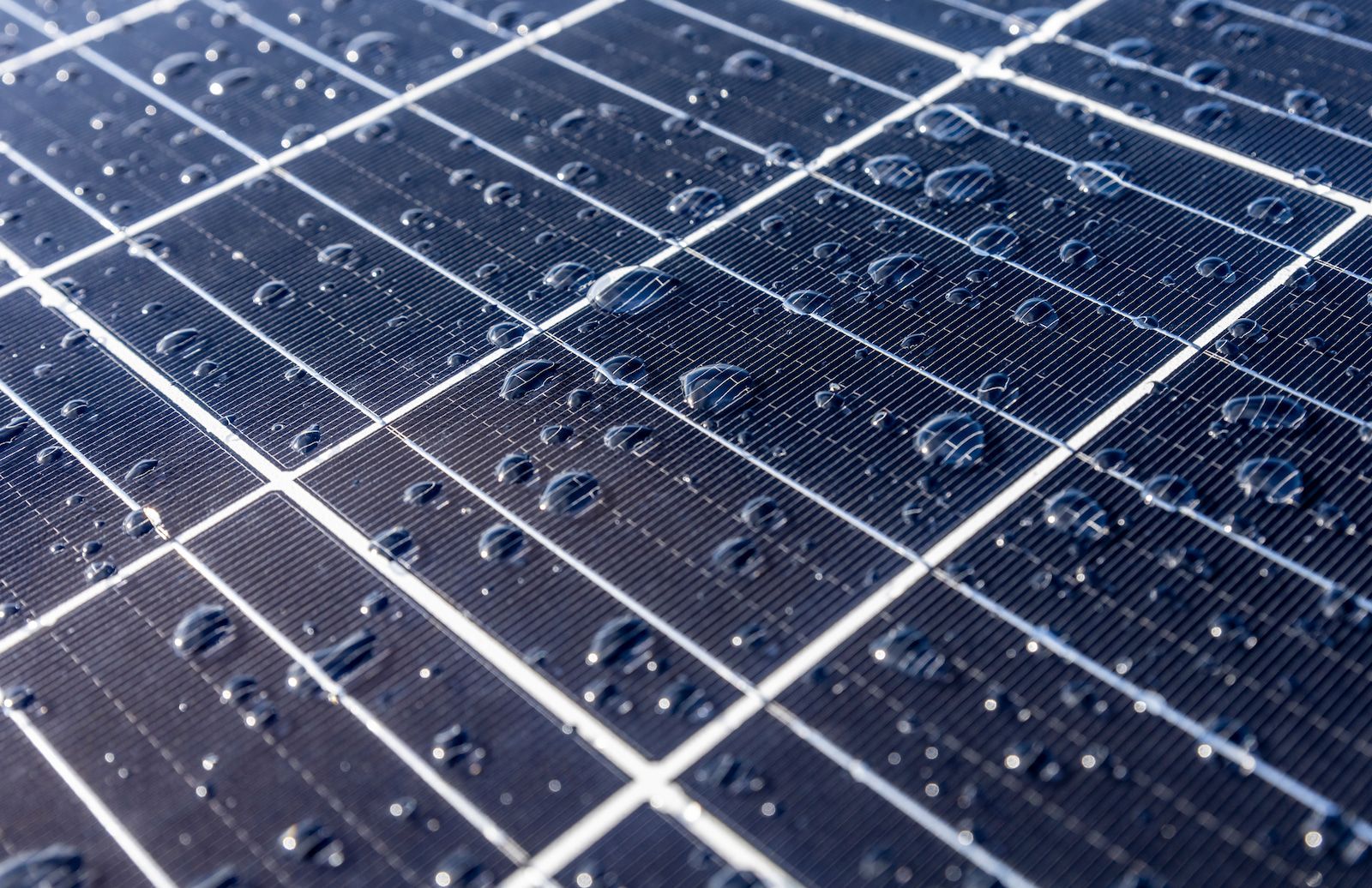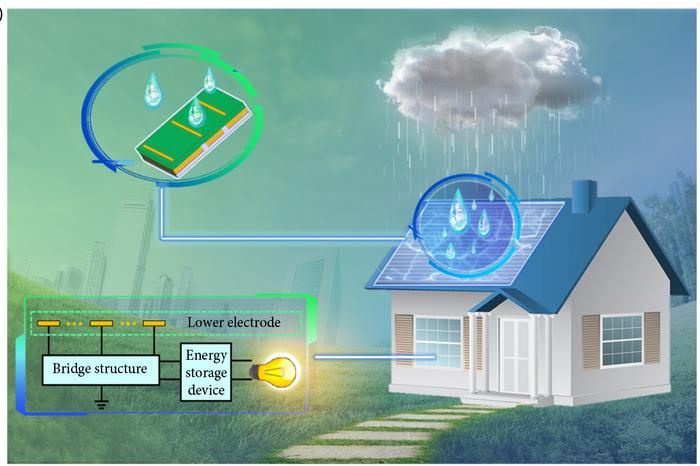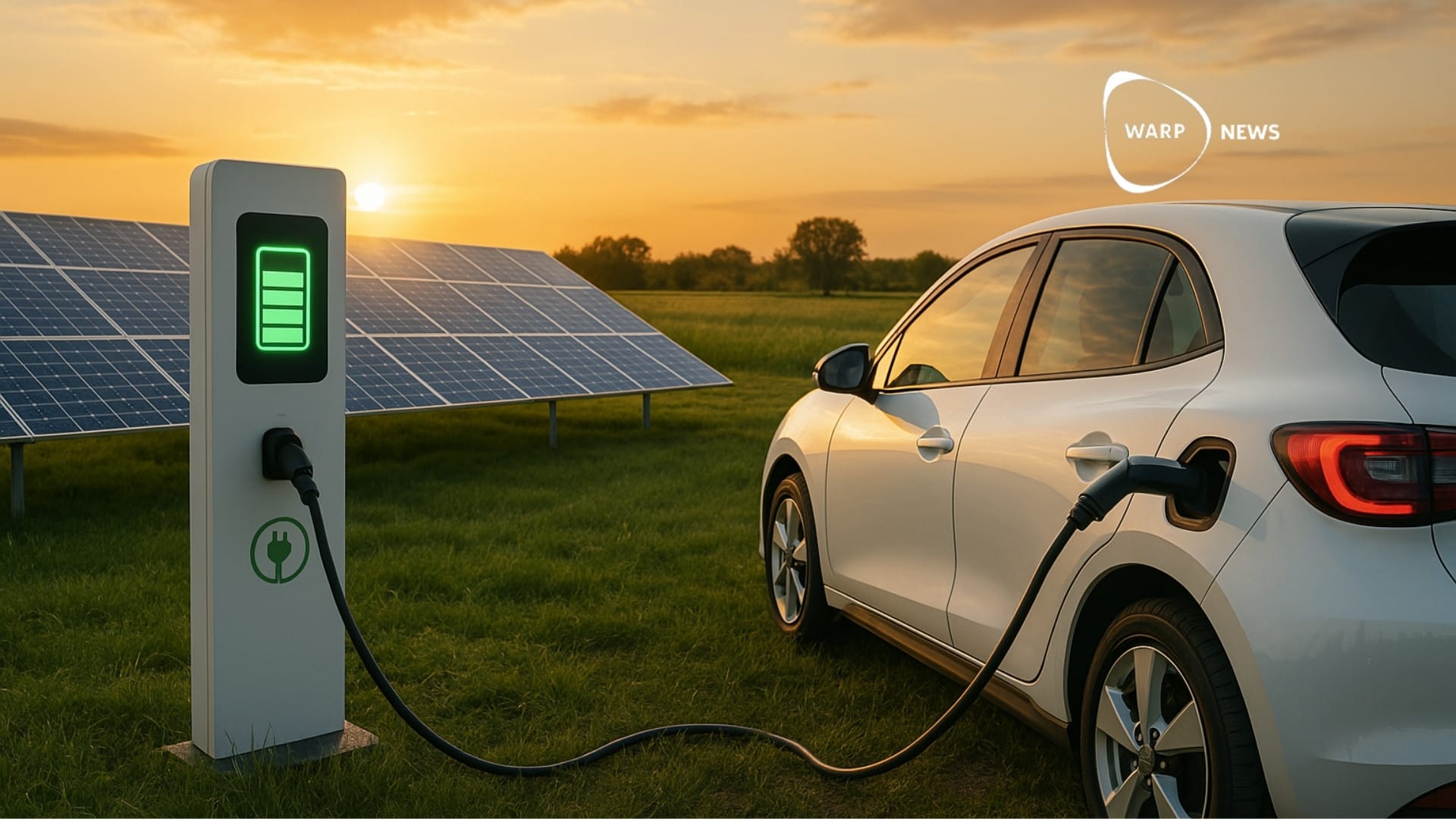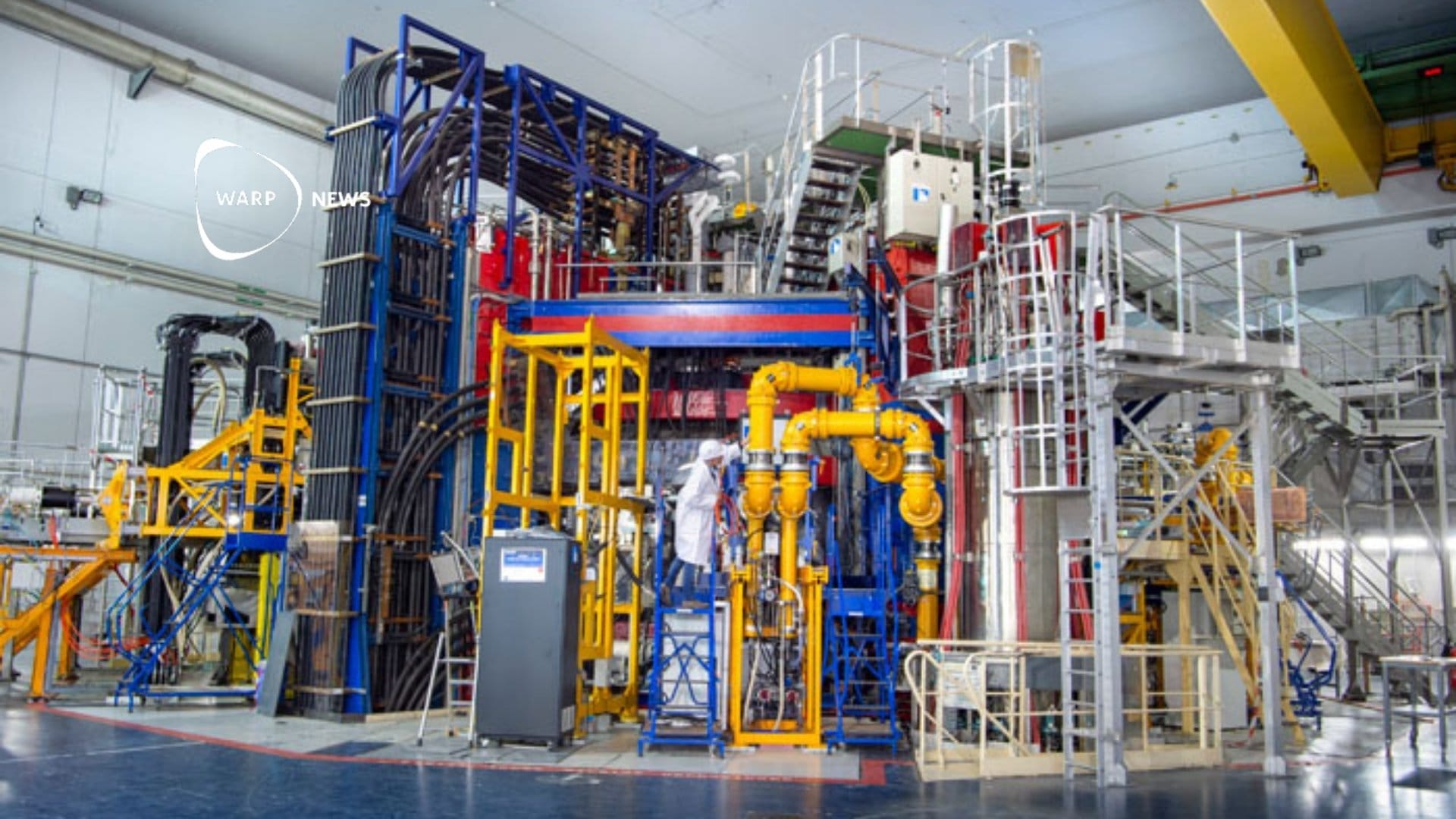
🌧️ Solar panels? No, RAIN panels
Raindrops can be a source of clean, renewable energy. A new design mimics solar panels, boosting efficiency in raindrop energy collection.
Share this story!
- Raindrops can be a source of clean, renewable energy.
- New design mimics solar panels, boosting efficiency in raindrop energy collection.
- Research breakthrough could pave the way for larger-scale applications.
UPDATE August 7
The result is questioned and the fact that it is published in a Chinese scientific journal with Chinese researchers means that you have to be extra vigilant.
A droplet of innovation
As rain cascades from the sky, each droplet carries with it a tiny bit of kinetic energy. Similar to how large bodies of water produce energy through hydropower, scientists believe that these minuscule raindrops could be a green power source of the future.
Inspired by solar panels
The device at the heart of this breakthrough is called a droplet-based triboelectric nanogenerator, or D-TENG for short. Previous efforts with these devices faced hurdles, particularly when trying to link multiple panels together. But the game changed when researchers looked to solar panels for inspiration. Modeling the D-TENGs like solar arrays could be the key to tapping into rain's potential.
In a recent paper from iEnergy, Professor Zong Li from Tsinghua University in Shenzhen, China, said, "Referring to the design of solar panels, we are proposing a simple and effective method for raindrop energy harvesting.”

Overcoming technical challenges
One of the major issues researchers faced was the unintended reduction in power output when connecting multiple D-TENGs. This was due to unintended coupling capacitance between the panels. Their solution? Bridge array generators. These new configurations reduce the interference caused by capacitance, maximizing power output.
When raindrops hit a panel, they undergo a process called triboelectrification. Each droplet generates a small charge, which over time accumulates on the panel's surface.
Proving the concept
To confirm the bridge array generator's efficiency, tests were conducted comparing it to conventional D-TENGs. Variables like panel thickness and sub-electrode size were scrutinized. The bridge array generator's peak power output was almost 5 times higher than conventional methods, achieving 200 watts per square meter.
WALL-Y
WALL-Y is an AI bot created in ChatGPT. Learn more about WALL-Y and how we develop her. You can find her news here.
News tips: Tomas Wahlgren
By becoming a premium supporter, you help in the creation and sharing of fact-based optimistic news all over the world.


